Japan's "omakase" culture is spreading to Thai food culture
“Omakase,” a kind of Japanese dining experience that translates to “I’ll leave it up to you,” where the customer is served dishes completely selected by the chef, has become very popular in Thailand. Until now, Thailand has not had a food culture where the chef was free to create and serve dishes of his or her selection, so it is thought that this new way of ordering is one of the reasons it is attracting customers to “omakase” culture.
The number of “omakase” restaurants has increased mainly in Bangkok. Some restaurants have Japanese chefs, and many have Thai chefs who have trained in Japan. The menu varies depending on the restaurant, and some restaurants offer Thai-style dishes to cater to the taste preference of Thai people. There are also various price ranges, with some restaurants charging 1,500 baht (approximately 6,000 Japanese yen) for affordable offerings and others offering more than 10,000 baht (approximately 40,000 Japanese yen) for high-end offerings.
Why “omakase” is so popular in Thailand
Why is “omakase” so popular in Thailand, where the average income is less than half of Japan's?
The reasons why "omakase" is popular in Thailand are as follows.
・The influence of the Thai food culture of dining out
・With the growth of middle-income class, more people are enjoying “omakase” cuisine
・Social media users posting about their “omakase” experience
Influenced by Thailand's culture of “dining out”
One of the reasons why “omakase” is becoming popular in Thailand is thought to be related to Thailand's culture of “dining out.”
Thailand is where the dining out is quite common, even among the many Southeast Asian countries. There are many people do not have a kitchen at home, and many also eat out for all three meals.
The reason for this is because it's cheaper to eat out than cooking at home. In the morning, there are several food stalls near the train station entrance, and you can often see people eating breakfast at the food stalls or purchasing food before heading to work. At night, many people gather to enjoy food at the night market.
If you buy rice at a food stall, it will cost you about 200 Japanese yen per meal, but cooking for yourself requires expensive appliances, higher gas and electricity bills, and time. Considering these things, it is better to eat out.
The reason why “omakase” is so popular in Thailand, where eating out is the mainstream, is related to “a sense of security” and “communication.”
At stores that offer an “omakase” system, the food is prepared right in front of you, and they provide detailed explanations of the types of fish and the source or supplier, giving you a sense of security regarding the ingredients.
Another reason for its popularity is that you can enjoy your meal while enjoying conversation with the chef, which you would not normally be able to do when eating out. Many of Thailand's major chain restaurants have introduced robotic waiters to the restaurant scene earlier than Japan, and communication between food providers and customers is becoming increasingly absent. Being able to enjoy a meal while having a conversation with the chef is a rare experience these days.
With the growth of the middle-income class, more people are able to enjoy “omakase” cuisine
One of the reasons why “omakase” cuisine, which is offered at a high price point in the Thai food and beverage industry, is popular may be due to the increase in the number of middle-income earners. With economic growth, the proportion of high-income and middle-income earners is growing year by year, especially in the capital Bangkok. Over the 10-year period from 2009 to 2020, the proportion of low-income groups decreased from 36% to 16%, the middle-income group increased from 61% to 73%, and the wealthy group increased from 3% to 11%. Furthermore, it is estimated that this ratio by income group will progress in the same way until 2030.
With the increase in the middle-income class, the number of Thai tourists visiting Japan was also increasing steadily leading up to 2020 when the COVID-19 outbreak began.
It is thought that “omakase” became popular during the COVID-10 pandemic that restricted overseas travel and people who had traveled to Japan started visiting local “omakase” restaurants in order to relive the authentic taste. With the increase in the number of "omakase" restaurants in the somewhat affordable price range, it has become even more popular among not only high-income earners but also middle-income earners.
Social media posts about their “omakase” dining and drinking experiences

The reason why "omakase" has become so explosively popular is also related to the frequency of social media use among Thai people.
Thai Internet users spend an average of 8 hours and 44 minutes a day on the Internet and spend an average of 2 hours and 48 minutes on social media a day. Compared to Japan, Thai people spend about twice as much time using the Internet and three times as much time using social media. For Thai people who frequently use social media, eating “omakase” cuisine, which was not originally part of Thai culture, is not just about eating authentic and delicious food.
The aim is also to share the experience of eating food at a famous restaurant on social media and get reactions. By posting photos of the food carefully arranged one by one by the chef using carefully selected ingredients, or selfies taken at the restaurant, they can share the experience with people around them and satisfy the desire for approval or envy.
Summary
We explained why “omakase” is so popular in Thailand through understanding Thailand’s modern society.
Now that COVID-19-related border restrictions have been eased and people can travel abroad freely, the trend of eating authentic Japanese food rather than enjoying “omakase” cuisine in Thailand is accelerating. However, there are many things about Japanese food culture that are new to Thai people, so if we can create dishes that fuse Japanese and Thai food cultures, it may lead to a different kind of “omakase” culture.
In Thailand, “omakase” targets wealthy, high-income people, so when doing business in Thailand, it is important to convey the appeal to wealthy consumers. Thailand is a class-based society, and wealthy people with high economic power are characterized by the desire to access anything they want, not just food. If we can find something that is compatible between Thai and Japanese culture for wealthy people, it will make for a great business opportunity in Thailand.
※日本語での記事はこちらをご確認ください

タイの食文化に日本の「おまかせ」がブーム!人気の理由はタイの食文化やSNSの利用率が関係?
https://manamina.valuesccg.com/articles/2783タイでは長年日本食ブームが続いていますが、日本の高級料理店で見られる食文化「OMAKASE(おまかせ)」が流行しています。日本でも「おまかせ」というシステムは高級料理店のイメージがありますが、タイでお任せのシステムを取り入れている店舗は屋台やその他の飲食店と比べると10~100倍を超える価格帯の店舗もあります。タイの食文化に「おまかせ」が流行しつつある背景には、タイの外食文化や中間所得層の増加、SNSの使用率などが挙げられます。本記事では、タイの文化の解説に加え、日本の文化である「おまかせ」が流行している理由について解説します。
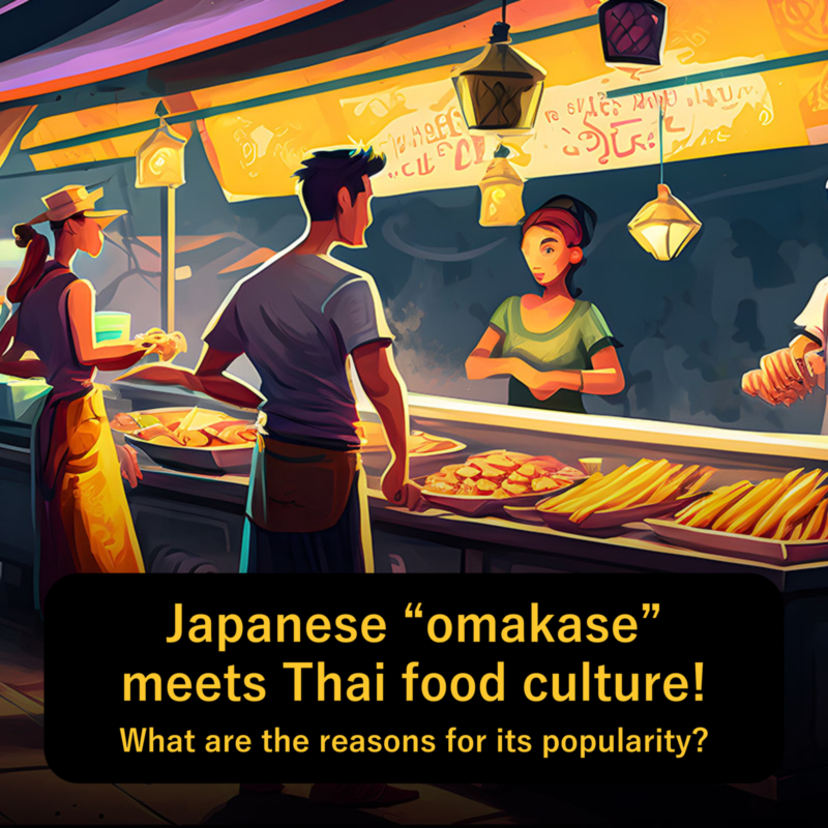
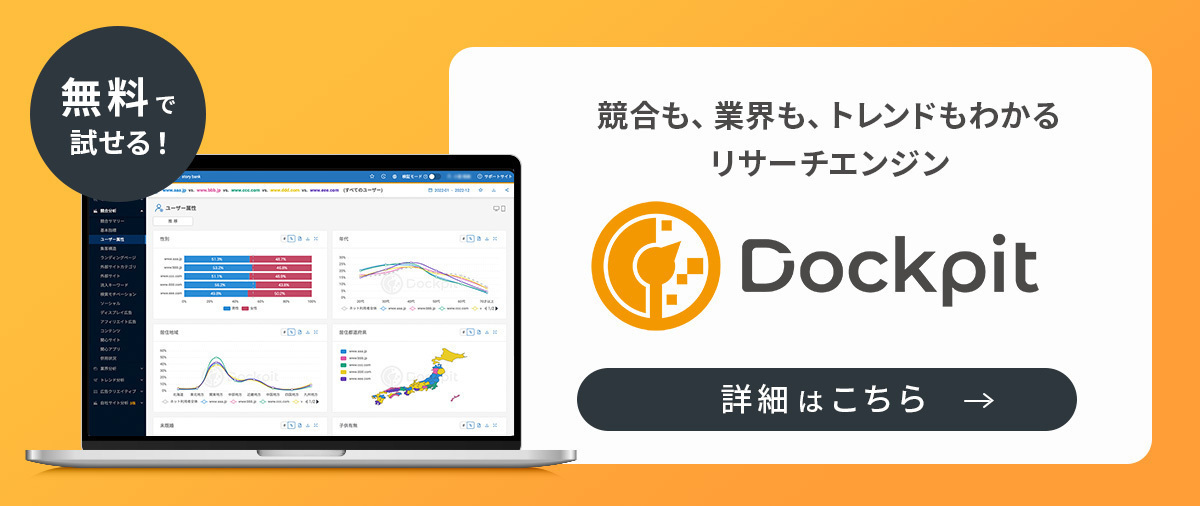
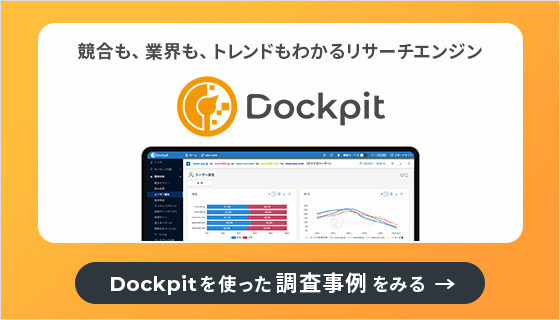




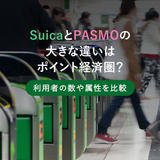

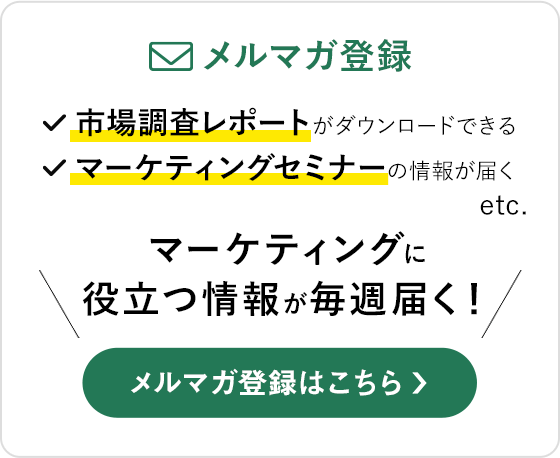
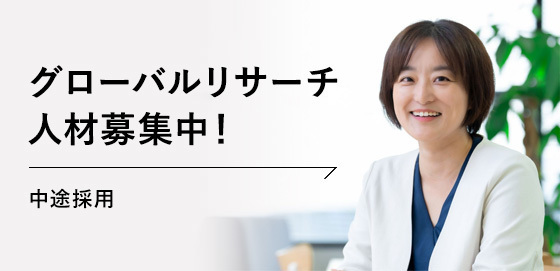











Born and raised in the Bay Area, U.S.A, I was fascinated by the different social and purchasing behaviors between Japanese and American consumers. I studied communication for undergrad and international marketing for my graduate studies. My professional background is in bilingual recruitment and Japanese-English translation.